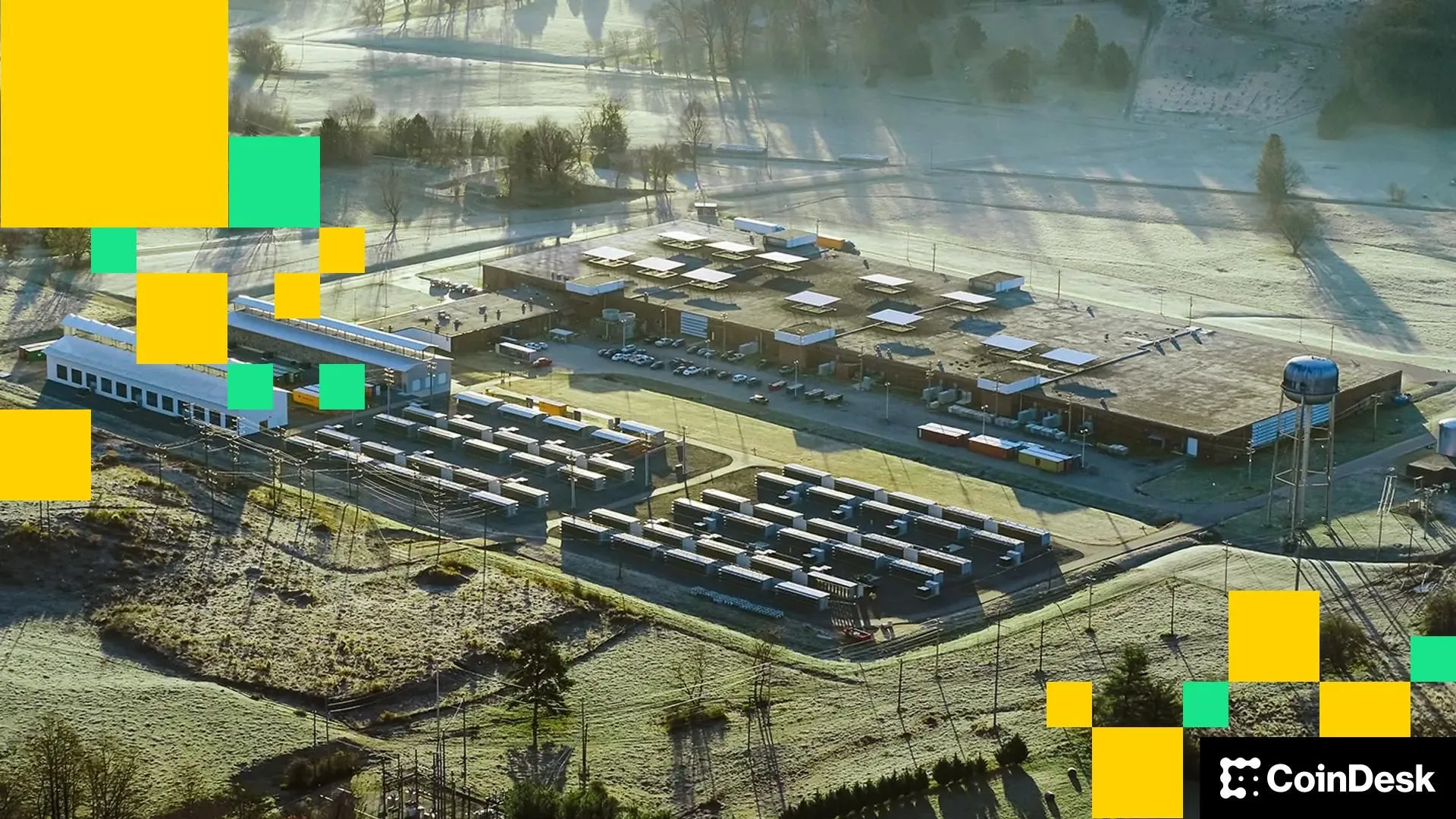Author: Jesus Rodriguez, Co-founder of Sentora
Programming AI has achieved product-market fit. Web3 is no exception. In the areas where AI will permanently change the landscape, smart contract auditing is particularly mature and ripe for disruption.
Today's audits are intermittent, point-in-time snapshots that struggle to cope in composable, adversarial markets, often missing economic failure modes.
The focus is shifting from manual PDFs to continuous, tool-based assurance: a combination of models and solvers, fuzz testers, simulations, and real-time telemetry. Teams adopting this approach will deliver faster and cover more ground; those that do not face the risk of being unable to go to market and unable to secure insurance.
Auditing has become the de facto due diligence ritual in Web3—visible proof that someone has attempted to break your system before it hits the market. However, this ritual is a product of the pre-DevOps era.
Traditional software integrates assurance into the pipeline: testing, continuous integration/continuous deployment gating, static and dynamic analysis, canaries, feature flags, and deep observability. Security acts like a micro-audit at every merge. Web3 reintroduces explicit milestones, as immutability and adversarial economics remove rollback escape hatches. The obvious next step is to integrate platform practices with AI, ensuring that assurance is always on, rather than a one-time event.
Audits fight for time and information. They force teams to clarify invariants (value conservation, access control, ordering), test assumptions (oracle integrity, upgrade permissions), and stress test failure boundaries before capital is in place. Good audits leave behind assets: continuous threat models across versions, executable properties that become regression tests, and runbooks that make incidents boring. This field must evolve.
The limitations are structural. Audits freeze an active, composable machine. Upstream changes, liquidity shifts, maximum extractable value (MEV) strategies, and governance actions can render yesterday's assurances ineffective. The scope is constrained by time and budget, leading efforts to focus on known categories of vulnerabilities, while emerging behaviors (bridging, reflexive incentives, and cross-decentralized autonomous organization interactions) hide in the tail. Reports can create a false sense of closure, as release dates compress the classification process. The most destructive failures are often economic rather than syntactic, necessitating simulation, agent modeling, and runtime telemetry.
Modern AI excels in data-rich and feedback-rich environments. Compilers provide token-level guidance, and models can now build projects, translate languages, and refactor code. Smart contract engineering is more challenging. Correctness is temporal and adversarial. In Solidity, security depends on execution order, the presence of attackers (such as reentrancy, MEV, and front-running), upgrade paths (including proxy layouts and delegatecall contexts), and gas/refund dynamics.
Many invariants span transactions and protocols. On Solana, the account model and parallel runtime add constraints (PDA derivation, CPI graphs, compute budgets, rent-exempt balances, and serialized layouts). These properties are scarce in training data and are difficult to capture with unit tests alone. Current models fall short in this regard, but this gap can be engineered away with better data, stronger labels, and tool-based feedback.
A practical build path contains three key elements.
First, audit models that mix large language models with symbolic and simulation backends. Let the model extract intent, propose invariants, and generalize from idioms; let solvers/model checkers provide assurance through proofs or counterexamples. Retrieval should build recommendations on audited patterns. The output should be specifications and reproducible vulnerability traces carrying proofs—rather than persuasive prose.
Next, agent processes coordinate specialized agents: property miners; dependency crawlers building risk maps across bridges/oracles/treasuries; memory pool-aware red teams searching for minimal capital vulnerabilities; economic agents stress testing incentives; upgrade leads rehearsing canaries, time locks, and emergency switch drills; plus summarizers generating governance-ready briefs. The system behaves like a nervous system—continuously perceiving, reasoning, and acting.
Finally, evaluation measures what matters. In addition to unit tests, track property coverage, counterexample output, state space novelty, time to discover economic failures, minimal vulnerability capital, and runtime alert accuracy. Public, incident-derived benchmarks should score vulnerability families (reentrancy, proxy drift, oracle skew, CPI abuse) and classification quality, not just detection. Assurance becomes a product with clear service level agreements that insurers, exchanges, and governance can rely on.
The hybrid path is appealing, but scaling trends suggest another option. In adjacent fields, general models for end-to-end coordination tools have matched or surpassed specialized pipelines.
For auditing, a sufficiently powerful model—with long context, robust tool APIs, and verifiable outputs—can internalize security idioms, reason over long trajectories, and treat solvers/fuzz testers as implicit subroutines. Paired with long-term memory, a single loop can draft properties, propose vulnerabilities, drive searches, and explain fixes. Even so, anchors are important—proofs, counterexamples, and monitoring invariants—so now is the time to pursue hybrid robustness while observing whether general models will compress parts of the pipeline tomorrow.
Web3 combines immutability, composability, and adversarial markets—in such an environment, intermittent manual audits cannot keep pace with a state space that changes with every block. AI excels where code is rich, feedback is dense, and verification is mechanized. These curves are converging. Whether the winning form is today’s hybrid or tomorrow’s general model, end-to-end coordination tools, assurance is migrating from milestones to platforms: continuous, machine-enhanced, and anchored by proofs, counterexamples, and monitoring invariants.
View audits as products, not deliverables. Initiate hybrid loops—executable properties in CI, solver-aware assistants, memory pool-aware simulations, dependency risk maps, invariant sentinels—and let general models compress the pipeline as they mature.
AI-enhanced assurance is not just about checking a box; it compounds into operational capabilities of a composable, adversarial ecosystem.
Author: Jesus Rodriguez, Co-founder of Sentora.
Related: The Rise of Nvidia: From Gaming Giant, Crypto Mining Behemoth to AI Arms Dealer
This article is for general informational purposes only and is not intended to be, nor should it be construed as, legal or investment advice. The views, thoughts, and opinions expressed here are solely those of the author and do not necessarily reflect or represent the views and opinions of Cointelegraph.
Original: “Opinion: AI Will Forever Change Smart Contract Audits”
免责声明:本文章仅代表作者个人观点,不代表本平台的立场和观点。本文章仅供信息分享,不构成对任何人的任何投资建议。用户与作者之间的任何争议,与本平台无关。如网页中刊载的文章或图片涉及侵权,请提供相关的权利证明和身份证明发送邮件到support@aicoin.com,本平台相关工作人员将会进行核查。




